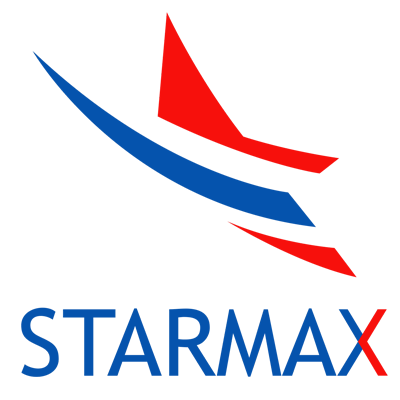Manufacturing Process
There are two different manufacturing process for stretch film where the quality of outcome is also different. Generally, we name them CAST & BLOWN.
Each process has advantages and disadvantages. In both process the material which comes as granule or pellet shape will be mixed together and melted inside the extruder/extruders at the certain level of temperature and then squeezed through die head to become thin and even thickness then suddenly to be cooled down and become solid film with well oriented cells for higher elongation and stretchability. Also, in most recently developed technology for production of stretch film, the material comes through several extruders with different material mixture then combining together at the die head to making final plastic film multilayer with extremely increased elongation, puncture resistance and tensile strength.
In the CAST processing, melted material casts on a big steel chilled roll to be cool down quickly and then passing through several rollers to become room temperature plastic film with even thickness then winding on paper core with different length according market demand.
In the BLOWN processing, melted material will be squeezed to a steel cylinder with spiral structure inside pushing material vertically to the above of cylinder then creating a blown of film traveling from cylinder to the tower roller. The machine is designed automatically controls the pressure and temperature of air inside balloon to make sure we have even thickness and stable balloon. When the film arrives to tower roller has been already cool down then folding and sending back down to the winder to be winded on paper core.
Advantages of Cast film:
· Multilayer film structure
· Excellent clarity
· Better one-sided cling
· Higher tensile strength and elongation
· Even thickness
· Higher puncture resistant
Despite similarity, it is more difficult to producing stretch film with blown machine rather than cast processing. In blown film processing we have less control on film thickness and mechanical specification of film.
Disadvantages of Blown film:
· Less transparency
· Double-sided cling makes Noisy unwinding roll
· Less tear resistant
· uneven thickness
· More wastage in production
UV Stretch Film, Clear or Opaque
For some special purposes we have different type of stretch film such as clear, opaque, and UV stretch film.
Opaque stretch film has the following advantages over clear stretch film:
• Conceals your valuable loads
• Protects loads from dust, rain or dirt
• Protects products from harmful UV Rays
• Possible color-coding merchandise
UV stretch film is good to protecting products that are stored outdoors under the sunshine. Also for any shipments on the open top truck or containers it is a MUST using UV stretch film.






